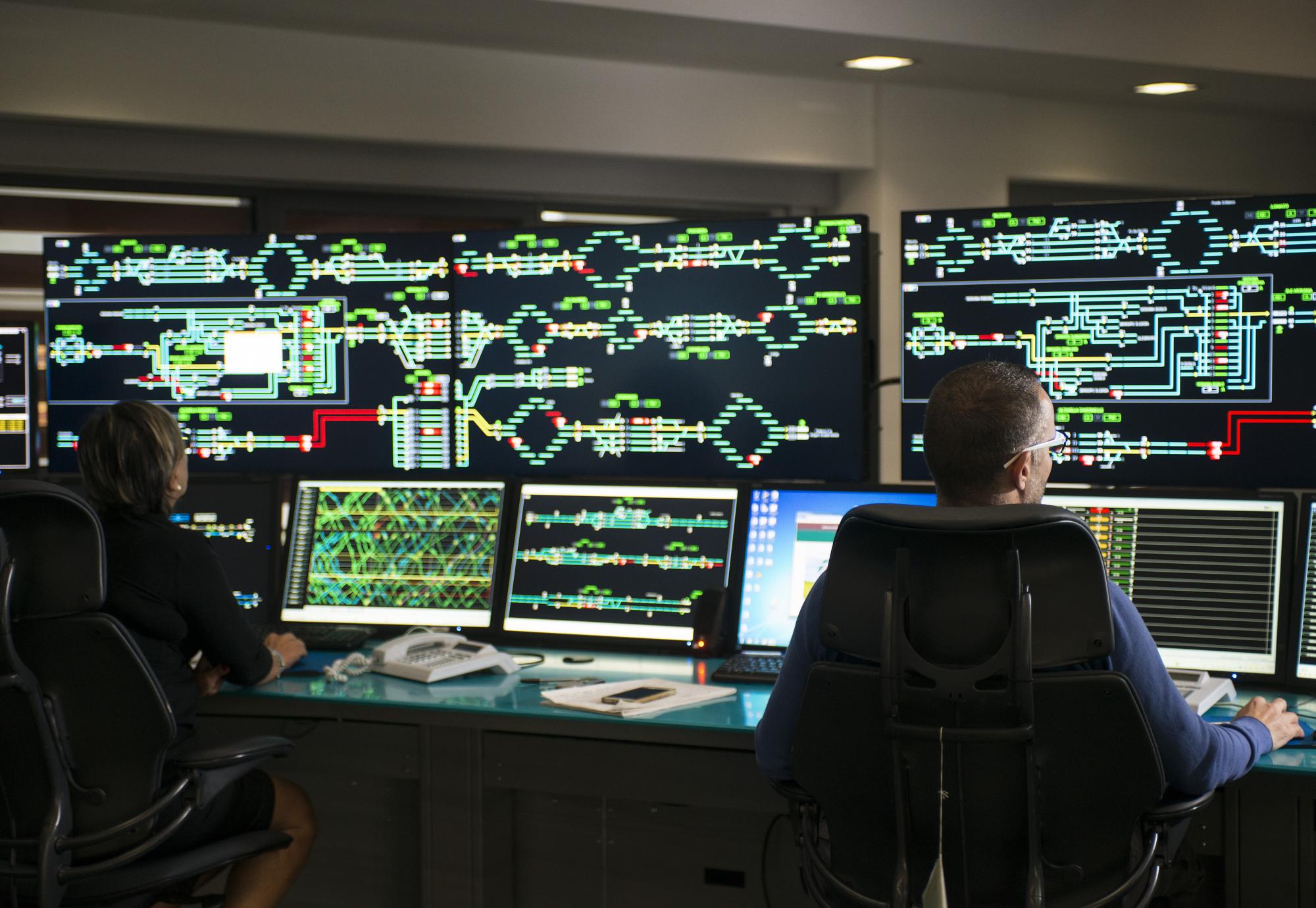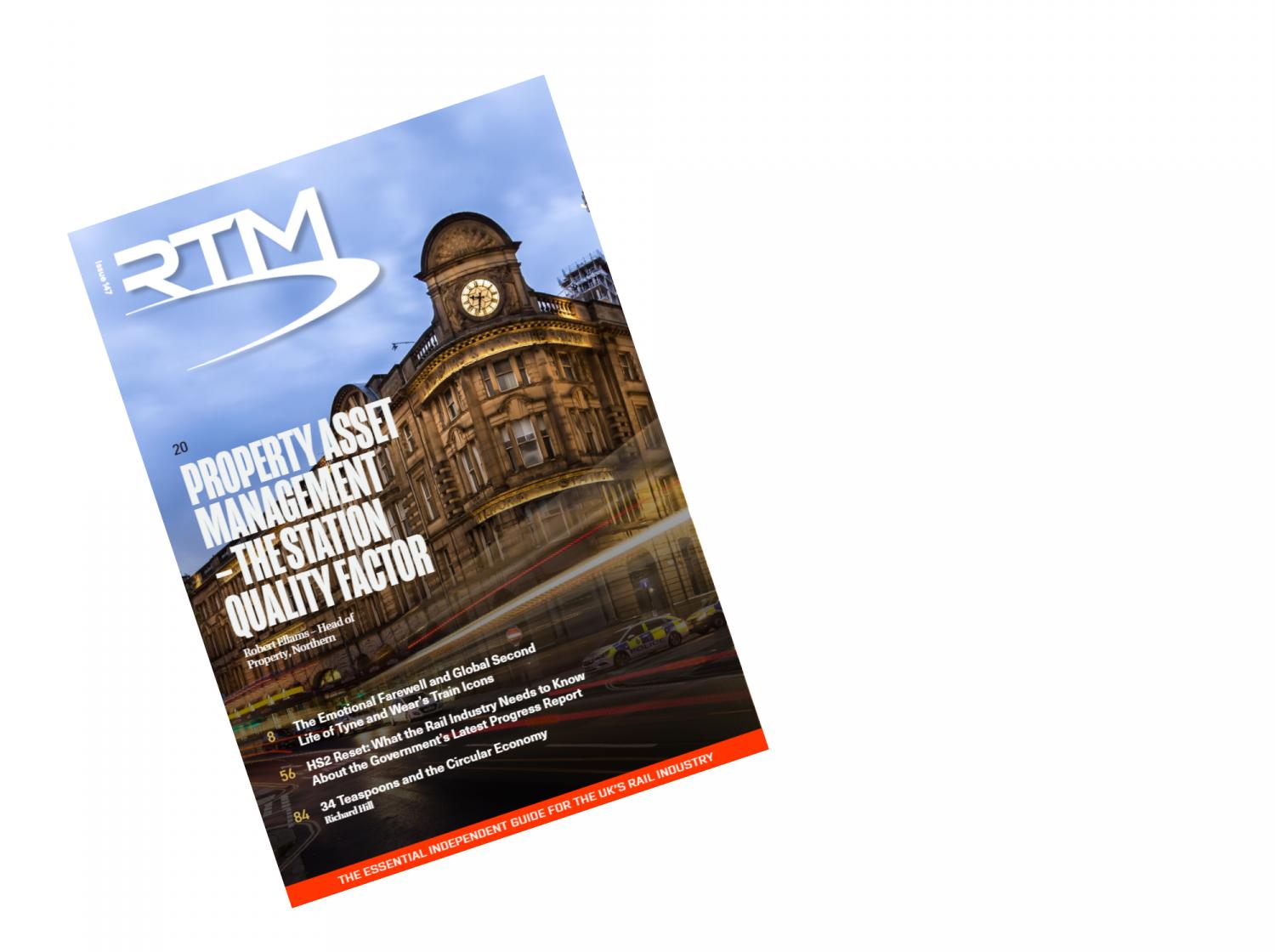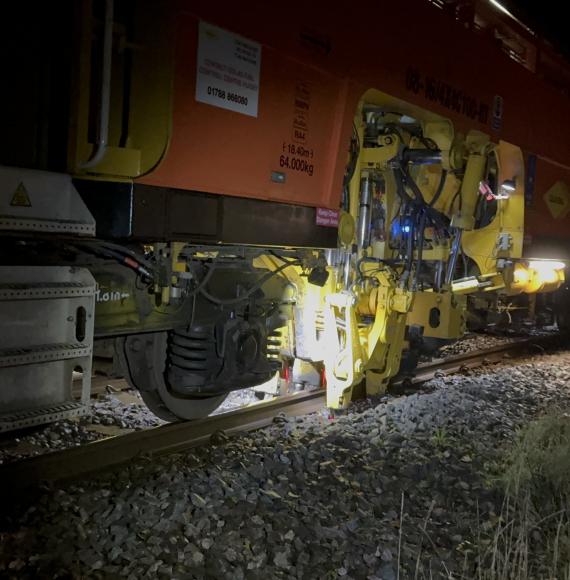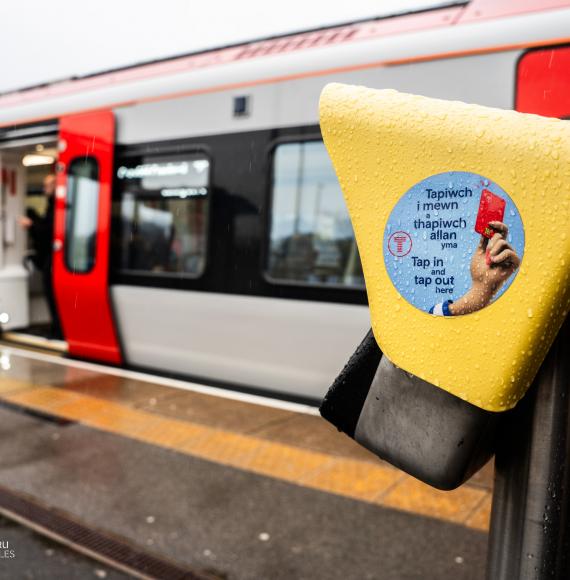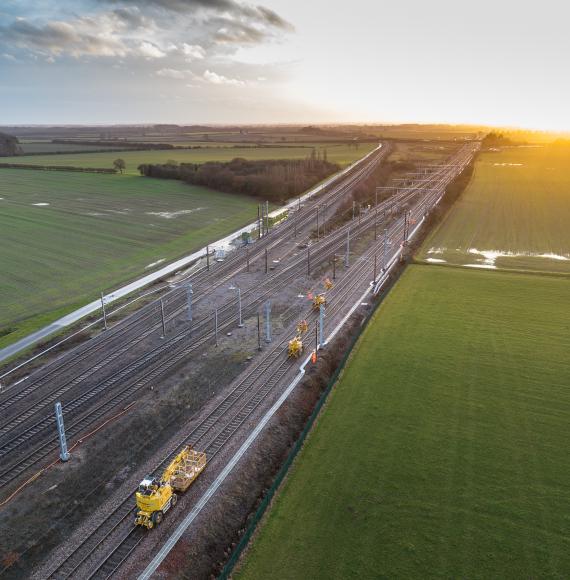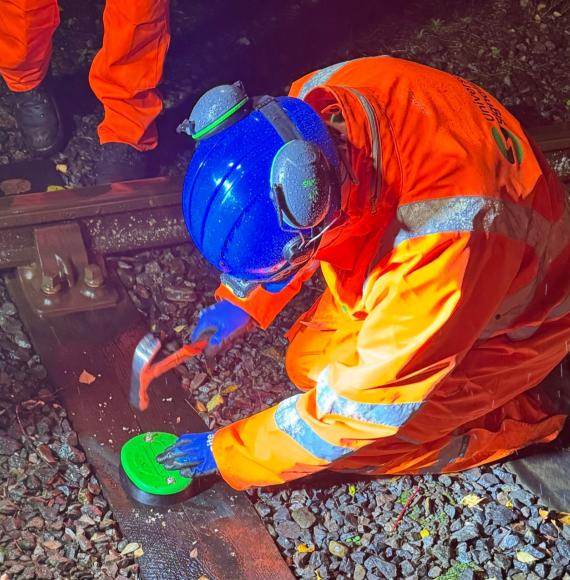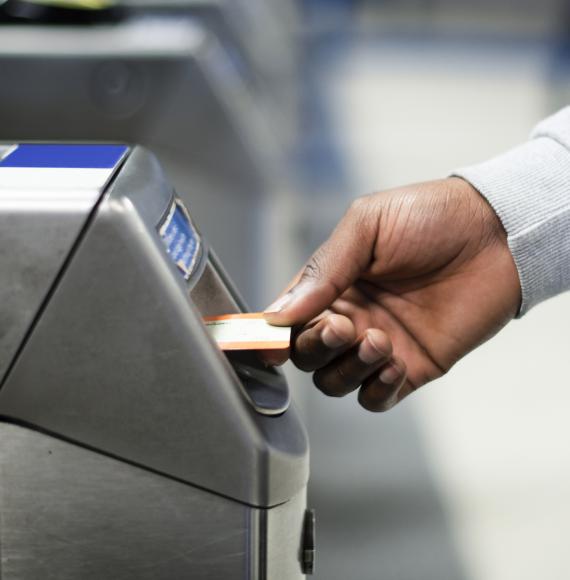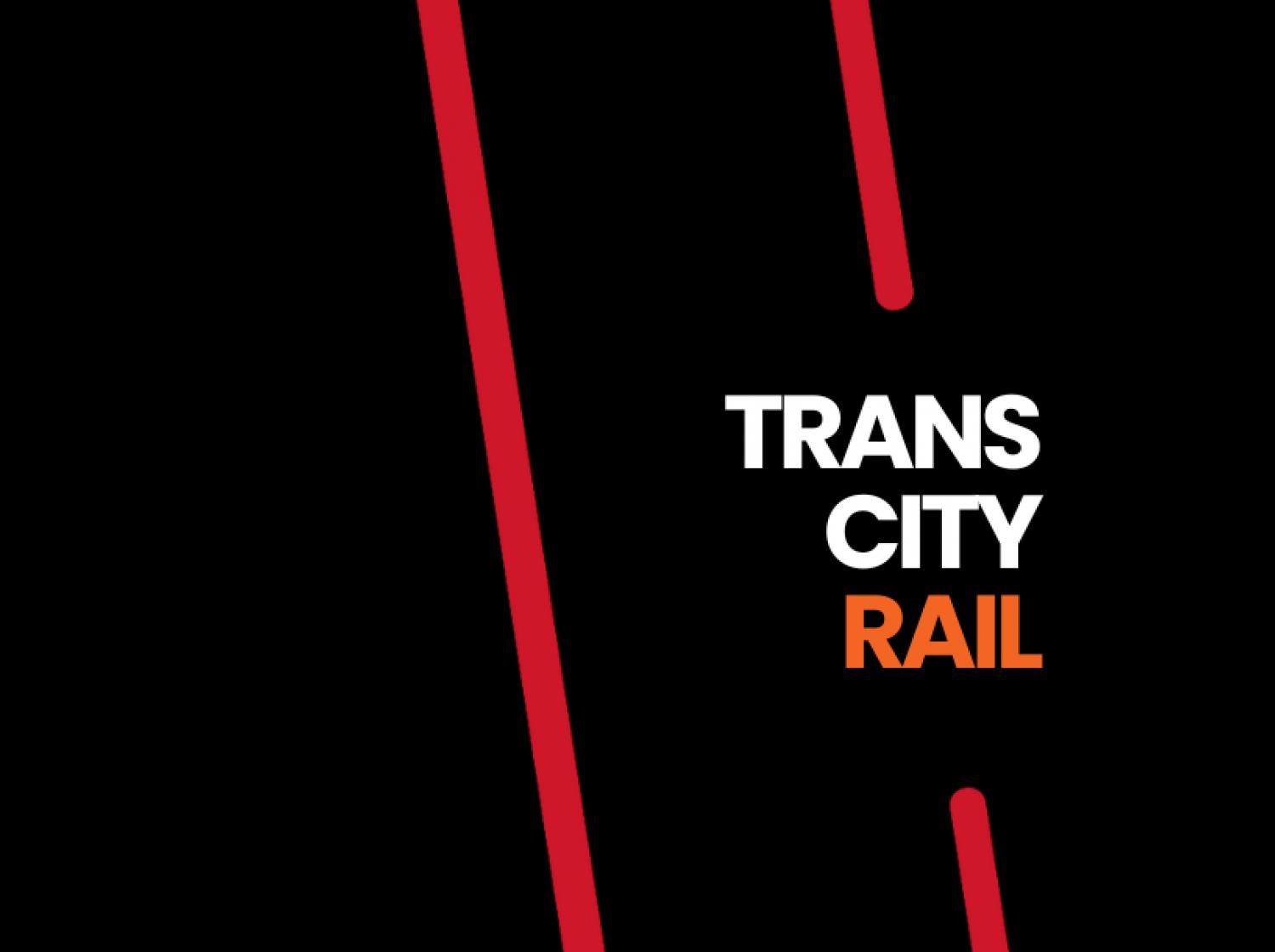Hitachi Rail has reached a major milestone in Egypt’s railway modernisation programme with the successful delivery of the Cairo Traffic Control Centre (TCC) to Egyptian National Railways (ENR). This achievement marks the completion of a significant contract under the ambitious infrastructure transformation plan led by the Egyptian Ministry of Transport.
A State-of-the-Art Centralised Traffic Control System
The newly implemented Centralised Traffic Control (CTC) system now manages operations across the 19 stations of the Cairo–Alexandria line. Alongside this, level crossings have been upgraded to improve safety for both road and rail users, and new technical facilities—including main and secondary towers—have been constructed.
A Decade of Investment and Innovation
Originally signed in 2013, the contract has evolved over more than a decade, reaching an investment of over €100 million. During this period, outdated mechanical and electrical signalling systems have been replaced with modern electronic solutions, including digital interlockings, new signals, and motorised drives. Additionally, a robust fixed and mobile telecommunications network has been deployed, enabling real-time communication between train drivers and operations managers in case of emergencies.
Boosting Capacity and Speed
Thanks to these upgrades, the Cairo–Alexandria line’s operational capacity has increased by up to 40%, allowing trains to reach speeds of 160 km/h. This means passengers can now travel between Cairo and Alexandria in just two and a half hours. The improvements also pave the way for doubling the number of daily trains, with the line’s maximum capacity projected to rise from 140 to 286 trains.
“Our team has played a critical part in modernising this vital line, making everyday travel safe, seamless and more efficient for the citizens in Egypt”
commented Bruno Teixeira, General Project Manager of Hitachi Rail in Egypt.
Driving Freight Efficiency and Sustainability
The modernisation effort also supports Egypt’s freight transport strategy. Plans include increasing freight trains to 15 daily convoys by 2030 and 50 by 2060, with a target of moving 18,400 containers annually by rail. This shift will significantly reduce road traffic and is expected to cut up to 965,000 tons of CO₂ emissions over 30 years, contributing to Egypt’s decarbonization goals.
Transforming Egypt’s Historic Rail Network
Egypt’s railway network, one of the oldest in the world, dates back to 1854 and spans over 10,000 kilometres, carrying around 500 million passengers annually. However, years of underinvestment and operational challenges prompted the government to launch a comprehensive modernisation plan in 2017. The vision: to create a safe, efficient, and multimodal rail system, positioning Egyptian National Railways as a leader in African rail transport by 2050.
Image credit: Hitachi Rail

